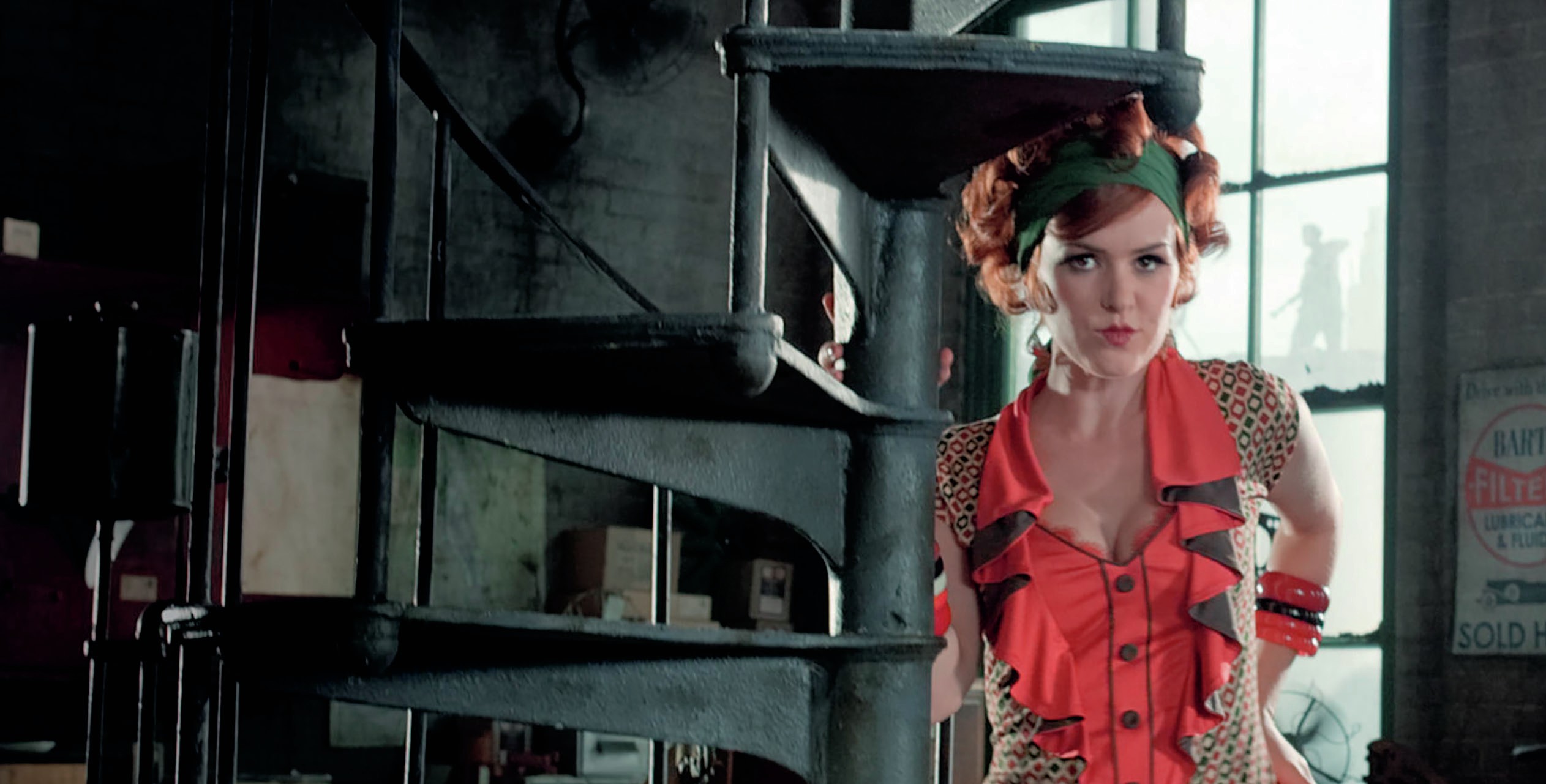
A recent article in the Sunday Times listed The Great Gatsby as number one in its list of the 50 best novels since the publication of James Joyce’s Ulysses (Sunday Times, 28 August 2022). This ‘masterpiece’ (McCrum 2014) seems to have it all: ambition, intrigue, glamour and a powerful story of rekindled love. Yet its presentation of a higher love is worthy of reappraisal. The story is told in a non-chronological manner and mediated through a narrator, who pieces it together from his own subjective experiences and those of others, and whose romantic sensibility biases him towards his subject. If we strip away the stylistic complexities and get to the heart of the novel — Gatsby’s desire for Daisy — what are we left with? A story that is less about love and more about money. Applying ideas from Richard Godden, who draws on Marxism and economic theories such as those in Thorstein Veblen’s The Theory of the Leisure Class (1899), this article argues that The Great Gatsby is not really about a romantic dreamer who yearns for the love of his life, but a social climber who wants to use her to access the highest social class and build a platform of respectability over the criminal origins of his wealth.
Despite being known for its presentation of love, the book’s main preoccupation is social class. This can be seen from its opening to its denouement and from its narrator to its original title. As Robert McCrum notes, ‘Fitzgerald had to be talked into [the title] The Great Gatsby by Maxwell Perkins, his editor, and Zelda, his wife.’ The author preferred ‘Trimalchio in West Egg’ and an early draft of the book was even published as Trimalchio (McCrum 2014). Trimalchio was a fictional, former first-century AD Roman slave who gained wealth and gave parties and whose name became a byword for ostentatious social climbing. Fitzgerald uses it in this sense in the first paragraph of Chapter 7, when the parties that were designed to draw Daisy into Gatsby’s orbit ended. With their renewed sexual relationship, ‘his career as Trimalchio was over’ and a new phase in Gatsby’s campaign to enter Daisy’s social class has begun.
Your organisation does not have access to this article.
Sign up today to give your students the edge they need to achieve their best grades with subject expertise
Subscribe




